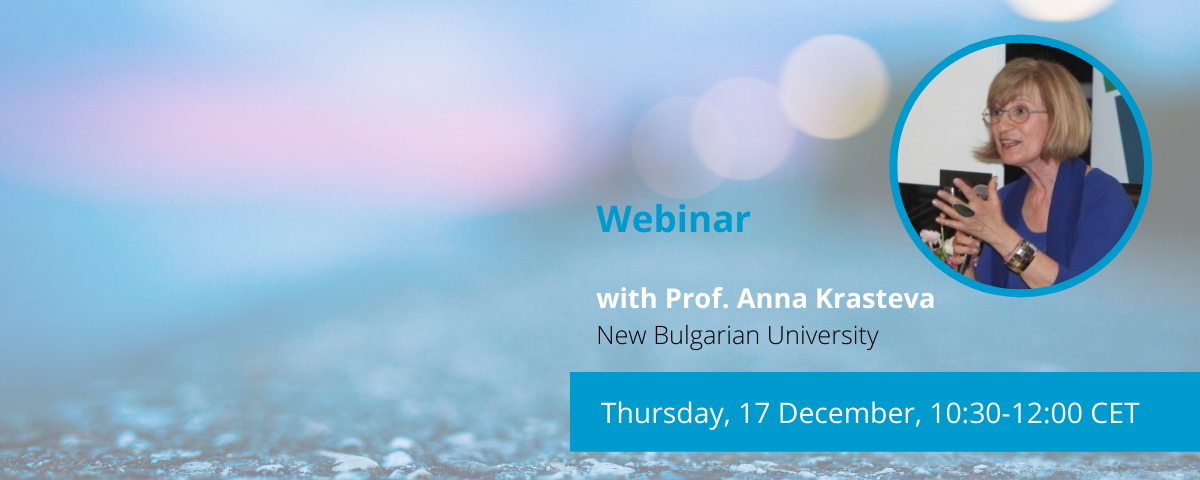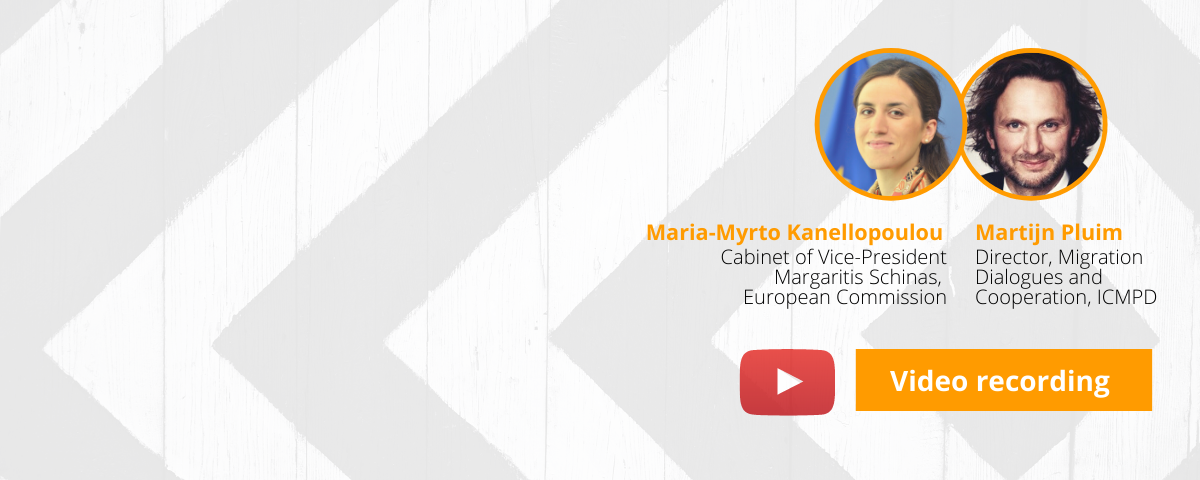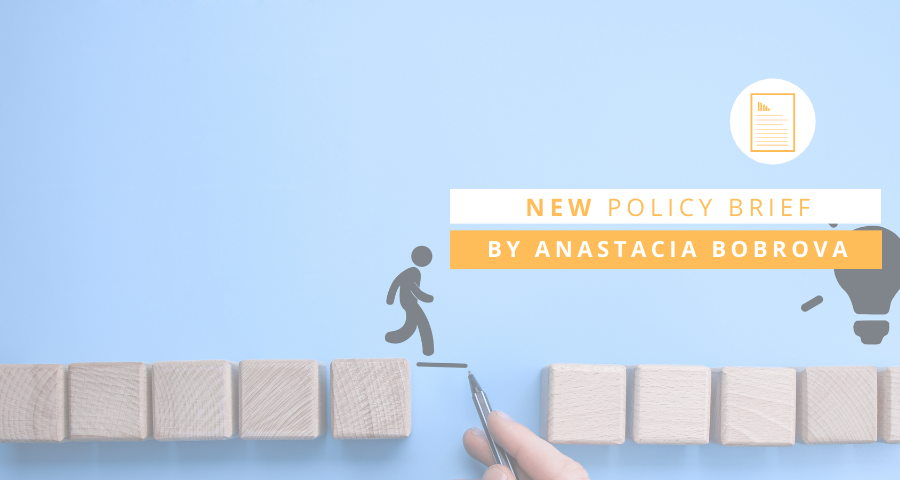Building better return and reintegration programs

The Prague Process Migration Observatory announces the release of the new analytical paper 'Building better return and reintegration programs' authored by Glen Swan.
Return and reintegration programs are an important part of overall migration management. Most countries place significant emphasis on entry requirements to regulate migration inflows, and equal emphasis on return and reintegration is necessary. This paper predominantly looks at the voluntary return and addresses those return programs that link with some form of post-return assistance (reception assistance, post-arrival assistance, reintegration assistance) in the country of origin. It identifies efficiencies and methods that represent best practice and increase performance of the program. It also identifies new perspectives and new ways of viewing traditional policy and program settings. Return and reintegration programs are governed by traditional program settings and function in a standardised manner. However, it is important to recognise the limitations of general program settings. This paper examines the function and utility of these programs. Additionally, there is a discussion of major program features and operational challenges. The paper includes findings from a short examination of return and reintegration programs for all fifty Prague Process participant states.
To preview and download the new analytical report please use this link.









